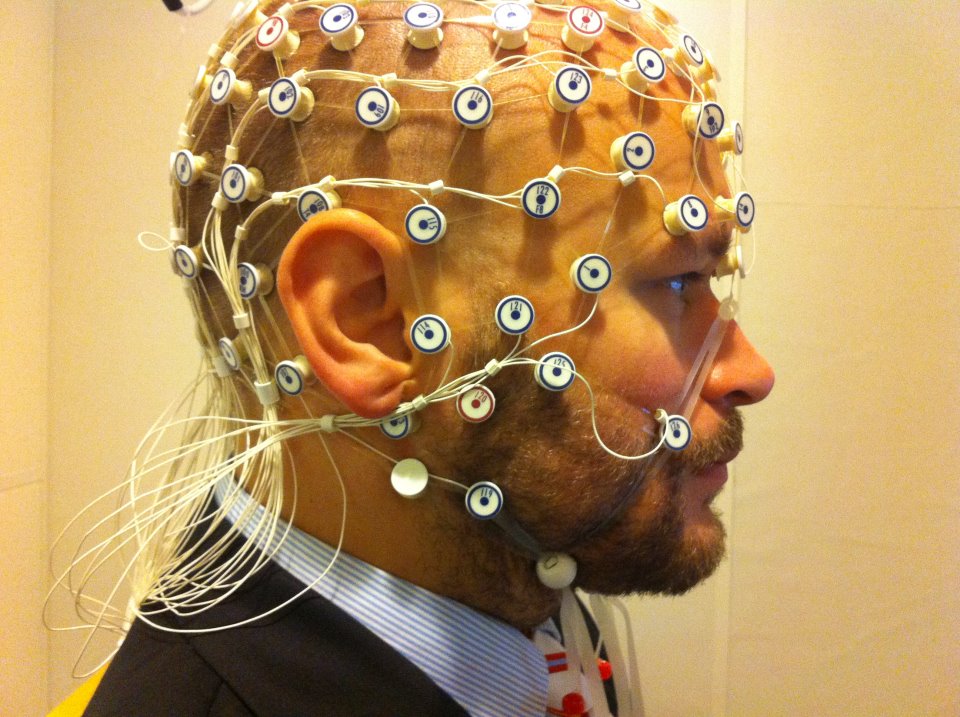The brain¶
The brain is a highly complex organ that serves as the control center for the body’s functions and behaviors. It is composed of billions of neurons that communicate through electrical and chemical signals. These neural networks enable the brain to process sensory information, regulate bodily functions, generate thoughts and emotions, and coordinate movement.
Key regions of the brain include the cerebral cortex, which is responsible for higher-order functions such as reasoning, perception, and decision-making; the limbic system, which manages emotions and memory; and the brainstem, which controls vital functions like breathing and heart rate. The brain’s plasticity allows it to adapt and reorganize in response to experiences, learning, and injury.
Overall, the brain integrates information from both internal and external environments, enabling humans to interact with the world, solve problems, and experience consciousness.
Key Brain Regions for Sound and Music Listening¶
Several specialized regions of the brain are crucial for processing sound and music:
Auditory Cortex: Located in the temporal lobe, the auditory cortex is responsible for decoding basic sound features such as pitch, loudness, and timbre. It plays a central role in recognizing and interpreting musical elements.
Prefrontal Cortex: This area is involved in higher-order cognitive functions, including attention, pattern recognition, and prediction of musical structure.
Motor Cortex: Even when passively listening to music, the motor cortex can be activated, reflecting the brain’s response to rhythm and beat, and its role in coordinating movement.
Limbic System: Comprising structures like the amygdala and hippocampus, the limbic system is essential for emotional responses to music and linking music to memories.
Nucleus Accumbens: Part of the brain’s reward system, this region is associated with the pleasurable feelings and motivation that music can evoke.
Together, these regions enable the perception, emotional experience, and cognitive processing of sound and music.
Psychology¶
Music Perception and Cognition¶
Music perception and cognition involve complex processes in the brain that integrate sensory, emotional, and cognitive functions. When listening to music, the auditory cortex processes sound waves, identifying pitch, rhythm, and timbre. The prefrontal cortex contributes to recognizing patterns and predicting musical structure, while the motor cortex is often activated, even when passively listening, due to the rhythmic elements of music.
The limbic system, including the amygdala and hippocampus, plays a key role in the emotional response to music, linking melodies to memories and evoking feelings. Additionally, the reward system, involving the release of dopamine in the nucleus accumbens, is activated during pleasurable musical experiences.
Music cognition also engages higher-order brain functions, such as attention, memory, and decision-making. Studies have shown that musical training can enhance neuroplasticity, improving cognitive abilities and even aiding in language processing and problem-solving.
Research continues to explore how these interconnected brain regions work together, shedding light on the profound impact of music on human cognition and emotion.
Capturing brain activity¶
EEG (Electroencephalography)¶
Electroencephalography (EEG) is a method used to record electrical activity of the brain. It is commonly used in neuroscience, cognitive psychology, and clinical diagnostics. EEG measures voltage fluctuations resulting from ionic current within the neurons of the brain.

Learn more about EEG on Wikipedia
fNIRS (Functional Near-Infrared Spectroscopy)¶
Functional Near-Infrared Spectroscopy (fNIRS) is a non-invasive imaging technique that uses near-infrared light to measure brain activity. It is often used in cognitive neuroscience and neurorehabilitation studies.
Learn more about fNIRS on Wikipedia
MEG (Magnetoencephalography)¶
Magnetoencephalography (MEG) is a neuroimaging technique for mapping brain activity by recording magnetic fields produced by electrical currents occurring naturally in the brain. It is particularly useful for studying brain function and connectivity.
Learn more about MEG on Wikipedia
fMRI (Functional Magnetic Resonance Imaging)¶
Functional Magnetic Resonance Imaging (fMRI) is a technique that measures and maps brain activity by detecting changes associated with blood flow. It is widely used in neuroscience and psychology to study brain function.
Learn more about fMRI on Wikipedia